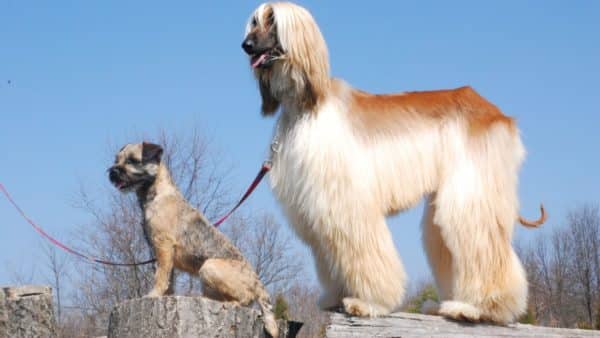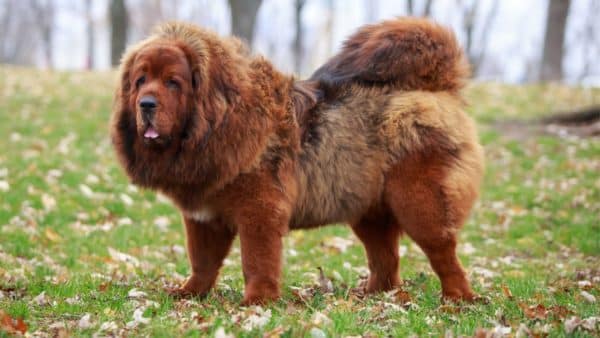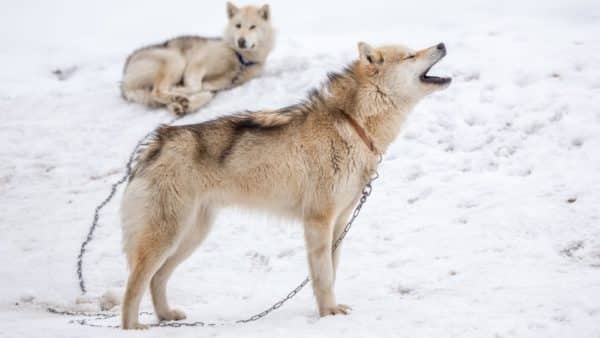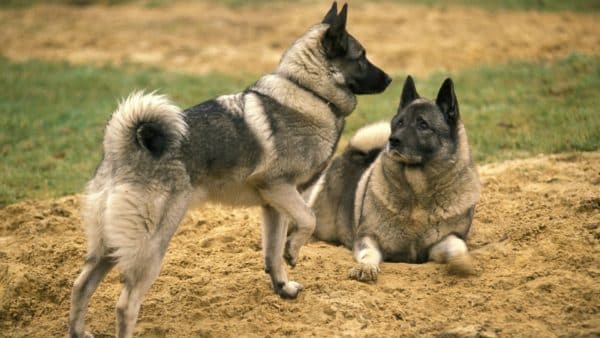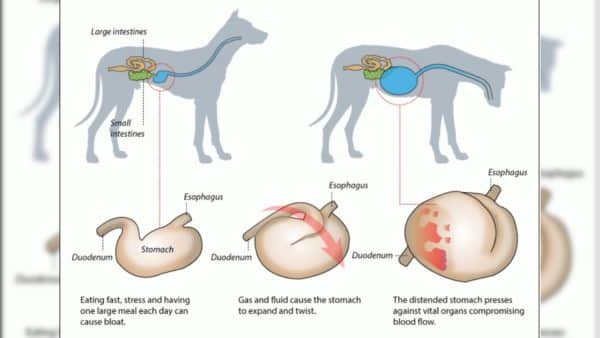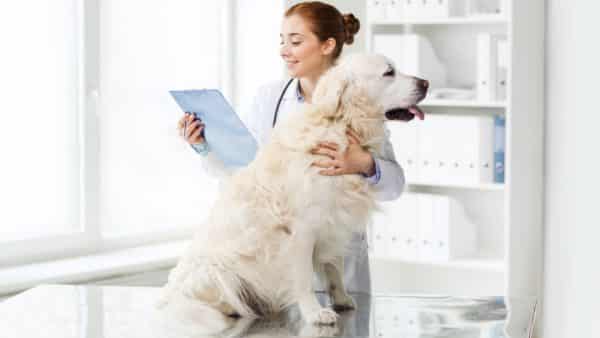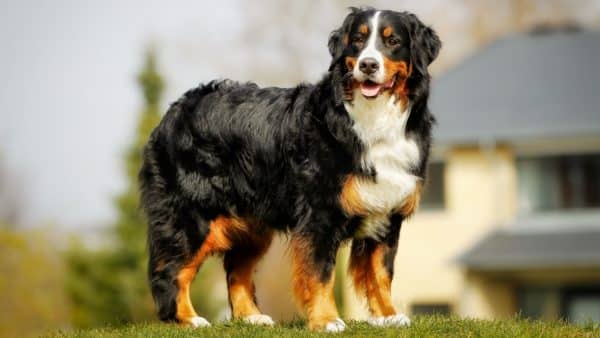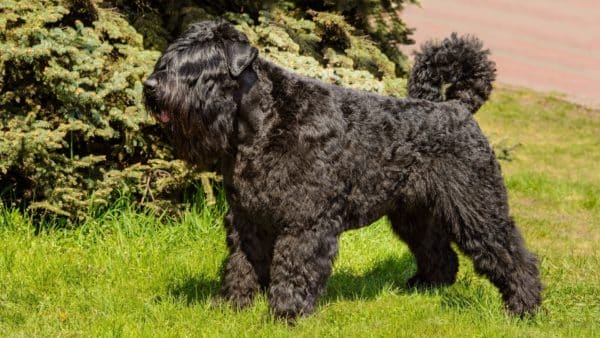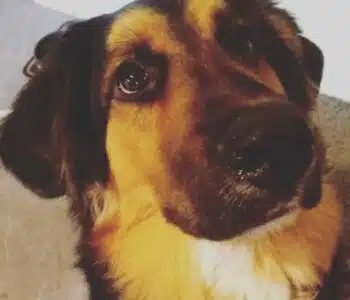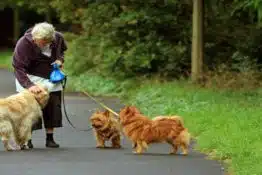
Large Dog Breed Directory: A Dog Owner Guide
Everything You Need To Know About Large Dog Breeds
Introducing the large dog breed directory. There are hundreds of large dog breeds out there, and while they might differ in terms of physical appearance and temperament, one thing applies to all of them: they love the outdoors.
Few of the breeds that we are going to describe in today’s article thrive in limited spaces such as apartments. Most are recommended to people who live in a house with a yard or even on farms and individuals that love the outdoors and tend to get out for hikes and long walks every day.
Read on to learn more about large dog breeds, their history, the best dogs in each category for your living circumstances, and the health problems these dogs are most predisposed to.

What Is Considered A Large Breed of Dogs?
It can be quite difficult to come up with a set of common features that are shared by large dogs. That’s because the same large dog breed group can include stocky, shorter animals and at the same time, thinner and taller dogs, which might be considered large simply because of their height.
A good example of this is the Afghan Hound. Although the breed is considered large by the American Kennel Club, the truth is that it is more a medium to large breed since it tends to reach a maximum weight of around 50 to 60 pounds.
The Old English Mastiff, by contrast, can reach weights of up to 315 pounds. In other words, even though there is a lot of variety within the same category of large dogs, a dog has to weigh at least 50 to 60 pounds to be considered large. Also, the minimum height for a dog breed to be considered ‘large’ is 24 to 25 inches.
The size and weight of the puppy allow correct categorization. There is no checklist in this sense besides these two factors as some of the animals in this group are guard dogs, others are athletic herding dogs, and some can just as well adapt to a family companion lifestyle.
History of Large Dog Breeds
Large dog breeds were some of the first domesticated animals in the whole canine group. Their size and physical abilities made their owners rely on them for performing certain services such as herding or hunting. Others were excellent guard dogs, which could provide protection to a whole family or, along with other dogs, to an entire community.
Some of the biggest dogs in this category were often used to track and kill large game such as elk, deer, and even bears. As you might notice from the list that we are showcasing toward the end of this article, many of these dogs have thick coats and are fit to handle the cold. They do not do well in particularly warm climates, even when they get regular haircuts.
This group is also widely known for its high energy levels. Since they were primarily bred to be outdoors, these dogs have to get as much exercise as possible. Some of them have been around for several thousands of years, such as the Norwegian Elkhound, so turning them into pets that spend most of their lives indoors is impossible.
Ancient Large Dog Breeds Still In Existence Today
Afghan Hound
According to some theories, the Afghan Hound dog breed was developed in Ancient Egypt. Although some might argue that the dog was actually bred in Afghanistan and it dates back just several hundreds of years ago, not several millennia, it remains one of the oldest dog breeds in the world today.
It was brought back to Europe by British soldiers sometime in the 19th century and it became a family pet around the 20th century. These dogs tend to do well in a variety of living situations and are affectionate, calm, and easily adaptable, so they get along with pretty much anyone. However, their grooming needs are demanding, given their lush and long coat.
Tibetan Mastiff
The Tibetan Mastiff dog breed has a history that spans across several thousands of years. Tibetan Mastiff dogs were used for herding and guarding in India, Tibet, Mongolia, Pakistan, Nepal, and Bhutan. The breed’s modern history is fairly new since it was introduced to the Western world in the mid-1800s. This dog breed became a rather popular family pet in the United States starting with the 1950s.
What makes the Tibetan Mastiff popular even today is that it is one of the most intelligent dog breeds out there. It can quickly learn tricks and commands, so training is going to be a breeze. Socializing them as early in life as possible is necessary, however, as they do not get along with other animals as easily as other dog breeds.
Greenland Sled Dog
It is unclear just how old the Greenland Sled Dog breed is since it is said to have been bred by the Inuit people several thousands of years ago. The dog breed resembles the Husky but the major difference between the two breeds is that the first is much more solid and heavier, so therefore, much more powerful. Due to its high energy level, it has to perform services or get outdoors as often as possible.
These dogs do not do well in hot climates, so do consider that when adopting or buying one. In terms of temperament, the breed is quite affectionate and loyal, but since it is primarily a working breed, it needs plenty of exercise and play.
Norwegian Elkhound
The Norwegian Elkhound dog breed is believed to have existed as early as 5,000 years ago, so it is one of the oldest dogs on the planet. Historically, it was used for hunting large animals such as elk. Modern-day Norwegian Elkhounds can be used as family dogs, but their exercise needs are quite high. They can’t live in apartments.
The words that would best describe this pet are hardy, loyal, bold, alert, and playful. It can also make an excellent guard dog, so it’s fit for any family with a farm or very large yard.
What Health Problems Do Large Dog Breeds Suffer From?
Hip Dysplasia and Elbow Dysplasia
Large dog breeds have a much higher likelihood of developing these two health issues. With hip dysplasia, the hip bones don’t fit correctly into the main joint and the same situation applies to elbow dysplasia. No matter the amount of training and regular exercise that your dog might get, you simply cannot prevent hip dysplasia if their parents had it, too. The Great Dane and Saint Bernard are two large breeds that are genetically predisposed to these two conditions.
Panosteitis
Panosteitis affects larger breeds more than it does medium and small ones. It’s natural for a puppy in this group to grow fast, but despite all the efforts that their owner might make in order to provide them with great food, toys, and plenty of walks, they could develop panosteitis. Unfortunately, the cause of this health issue remains unknown. It produces lameness and pain in one or more legs and the treatment is typically symptomatic — it can sometimes disappear by itself.
Bloat
Bigger dogs are fitted with bigger stomachs, which means that they can develop a range of digestive issues. One of the most severe ones is bloat, which generally occurs after a dog has engaged in exercise or has been out in the sun and is extremely thirsty. Pets that are allowed to eat large amounts of food or drink a lot of water all of a sudden are more predisposed to suffering this health issue. Bloat (Gastric Dilatation Volvulus) can be deadly.
Dilated Cardiomyopathy
Unfortunately, Dilated Cardiomyopathy, along with other cardiac complications are more common in large dog breeds. Once a dog is diagnosed with Dilated Cardiomyopathy, owners should know that the disease cannot be cured — it can merely be managed with the appropriate medication. Breeders should be aware that any pet diagnosed with this condition should not be bred so as to avoid transmitting it to the puppies.
Crucial Ligament Tears
A big dog that engages in a lot of regular exercises and that also performs specific tasks like herding or hunting can suffer the trauma of the ligaments. Cruciate ligament tears are more common in pets that jump and twist their legs, so they tend to affect athletic and active breeds that are otherwise tall and frail (such as the Afghan Hound, for example). Guard dogs whose bodies are stockier have a less likelihood of sustaining such injuries, but you also have to make sure that they’ve completed their training. Additionally, they understand how to perform some competition jumps before entering your pooch into one.
Arthritis
All dogs develop it at one point or the other, but large dog breeds are more predisposed to arthritis also because they are heavier. A big dog can suffer from injuries such as hip and elbow dysplasia or ligament tears, which can give you a clue as to how much pressure is put on their joints by merely walking and running around. Unfortunately, any large dog breed has a higher chance of developing arthritis earlier in life compared to its small and medium counterparts.
Cherry Eye
Cherry eye is a condition most commonly found to affect Mastiff dogs, but it does tend to show up in almost any large dog breed. While treating it is quite easy and almost any pet quickly recovers from the surgery, when a dog doesn’t get veterinary assistance soon, cherry eye can cause other complications, such as local inflammation and irritation.
Spondylolisthesis
Spondylolisthesis is a hereditary condition that can affect a number of large dog breeds. There is no specific cure for it at this time, which means that its progression will negatively influence the gait and walking abilities of the dog to the point that they can no longer move. While treatment can involve performing an operation, it can be risky and expensive, so most of the therapy focuses on controlling the progression of the disease.
Breeding Large Dog Breeds
Breed to Improve
Every pet, no matter the breed, means the world to their owner. But the truth is that many dog breeds are predisposed to developing certain genetically transmitted health issues. That means that if you become a responsible pet breeder, you have to do your best and avoid using sick animals for breeding. Take your dog to the vet for regular check-ups to make sure that when they reach sexual maturity, they do not suffer from any conditions that could be transmitted to the puppies.
Find the Right Mate
Getting two pets mated means more than finding a male or a female that’s suitable in terms of appearance. Of course, you might want their looks to be as close to the breed standard as possible, from the paws to the shape of the head, but the dog’s health matters even more. Ask the other breeder for health records and talk to their vet just to be on the safe side of things.
A good strategy would be for you to find a mate that can improve your own pet’s weak points. For example, if your male dog’s coat isn’t that great, you can get a female that comes from a line of pets with excellent coats.
The temperament matters, too — some dogs are made for hunting or herding and they are genetically predisposed to want to perform services, play, or use their energy in any way. This can make them harder to manage, especially if they haven’t received consistent training — so when breeding, pick the calmest dog if you know they’re going to be used as a family pet.

Make Sure The Parents are Healthy
The mate you find has to be healthy, but their parents have to be just as healthy as possible, too. Dogs can suffer from a variety of inherited diseases, from chromosomal abnormalities to polygenic disorders.
It’s difficult to tell whether the puppy will or will not inherit a trait caused by a recessive pattern of inheritance, although normally, this should appear in at least one of their grandparents. Try to track your dog’s mate’s parents and get in touch with their vet to find out just how healthy they are.
The biggest problem with all of these efforts is that sometimes, only dogs that have a Pedigree and are champions come with such detailed records of their genetic history – the others usually do not, so you have to do the work yourself.
Keep in Touch with Your Veterinarian
After the mating has taken place, keeping in touch with the vet and monitoring the pregnancy is essential. Some dogs might have complications during pregnancy while the delivery of others can be challenging, especially if they have never had a litter before.
How to Pick the Perfect Large Dog for Your Living Situation
In An Apartment
Despite their size, the following dog breeds can do well in smaller spaces, provided that they do get enough outdoor exposure.
With Children
These breeds are known to be easily adaptable and sociable and they tend to become loyal friends of kids, too.
With Elderly
Pick one of the large breeds listed below if you’d like the dog to be a friend of a senior. They are patient and calm and will provide the elderly with the emotional and physical support they might need in some situations.
List of Large Dog Breeds
- American Bulldog
- Anatolian Shepherd Dog
- Azawakh
- Beauceron
- Belgian Laekenois
- Belgian Malinois
- Belgian Sheepdog
- Belgian Tervuren
- Berger Picard
- Bernese Mountain Dog
- Black and Tan Coonhound
- Black Russian Terrier
- Bloodhound
- Bluetick Coonhound
- Boerboel
- Borzoi
- Bouvier des Flandres
- Boxer
- Bracco Italiano
- Briard
- Broholmer
- Bullmastiff
- Cane Corso
- Catahoula Leopard Dog
- Caucasian Shepherd Dog
- Central Asian Shepherd Dog
- Chesapeake Bay Retriever
- Chinook
- Dogo Argentino
- Dogue de Bordeaux
- Estrela Mountain Dog
- German Longhaired Pointer
- Gordon Setter
- Great Dane
- Great Pyrenees
- Greyhound
- Hanoverian Scenthound
- Ibizan Hound
- Irish Setter
- Irish Water Spaniel
- Irish Wolfhound
- Komondor
- Kuvasz
- Leonberger
- Mastiff
- Neapolitan Mastiff
- Newfoundland
- Old English Sheepdog
- Otterhound
- Perro de Presa Canario
- Pointer
- Pyrenean Mastiff
- Rafeiro de Alentejo
- Redbone Coonhound
- Rhodesian Ridgeback
- Sloughi
- Slovensky Cuvac
- Tornjak
- Tosa
- Weimaraner

